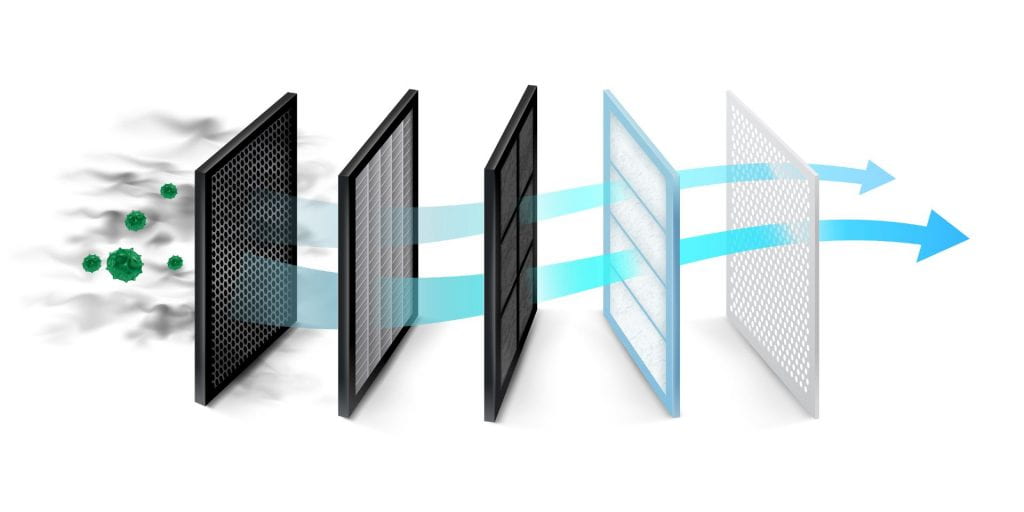
PSU Improving Air Quality State Implementation Plans Using Land Surface Remote Sensing Program.
This project will enhance the performance of the air quality simulations used in California and Pennsylvania’s air quality State Implementation Plans by 1) integrating state-of-the-science land surface remote sensing, specifically NASA’s Land Information System (LIS), into their numerical weather models. These modeling systems are used to design the State Implementation Plans (SIPs) used to attain the National Ambient Air Quality Standards (NAAQS). We will apply the NASA LIS in the NASA Unified Weather Research and Forecast model (NU-WRF) to these state’s air quality simulation needs. We will then 2) assess the performance of this modeling system by comparing with state-of-the-science observations, including observations of land surface fluxes, atmospheric boundary layer properties, and pollution concentrations. We will explore options within our numerical modeling system that 3) optimize system performance across the expanded spectrum of evaluation metrics, with the aim of improving air quality simulations as a robust tool for guiding decisions concerning emission mitigation. Finally, we will 4) implement the improved simulation systems in the state air quality modeling systems.
The project addresses documented challenges in simulating air quality conditions in both states. California’s San Joaquin Valley (SJV) is a nonattainment area in particulate matter of 2.5 microns and smaller diameter (PM2.5) and ozone (O3). The land surface is highly heterogeneous and includes intensive agriculture and irrigation. The simulation of air quality in the SJV has been demonstrated to be highly sensitive to the method of simulation of land surface fluxes. The heterogeneous, dynamic surface makes surface fluxes very difficult to simulate without direct observations of time-varying land surface properties such as are available through NASA’s LIS. Pennsylvania’s Allegheny County, which includes Pittsburgh, is currently a PM2.5 nonattainment area. Lancaster County may become a PM2.5 nonattainment area, and Philadelphia is likely to be declared a moderate nonattainment area in O3. These landscapes are also complex, including forests, agriculture and urban development. Neither state’s air quality simulation system currently uses the advanced land surface remote sensing available via NASA’s LIS.
The project anticipate that this work will improve the simulated land surface fluxes and ABL properties in the nonattainment areas in both states, which will in turn improve the air quality modeling used to develop their SIPs. The improved atmospheric modeling will result in more robust estimates of future emission targets needed to attain the NAAQS. A more robust atmospheric modeling system will also provide better understanding of how non-linear interactions in pollution transport and chemistry will affect the combined effects of policy actions, and which portfolio of policies will be most cost-effective in achieving the air quality standards. As air quality improves with more stringent policies over time, our proposed model advancements will meet the need of future SIPs to assess the effectiveness of further air quality improvements at increasingly lower ambient pollutant levels.
The research team will work closely with both the California Air Resources Board (CARB) and the Pennsylvania Department of Environment Protection (PA DEP) in all steps of the process. CARB and PA DEP observational and modeling teams will work closely with Penn State personnel to implement the NASA LIS / NU-WRF meteorological modeling system, merged with the Community Multiscale Air Quality model (CMAQ), in the state air quality modeling frameworks. The states will gain well-tested, state-of-the science remote sensing inputs resulting in more physically robust air quality models, and updated, comprehensive observational assessment systems, both of which will support more robust air quality management that can serve as a model well beyond these two states.
This initiative provides $500 each for 4 high school students for research activities for the 5-year duration of the project.

